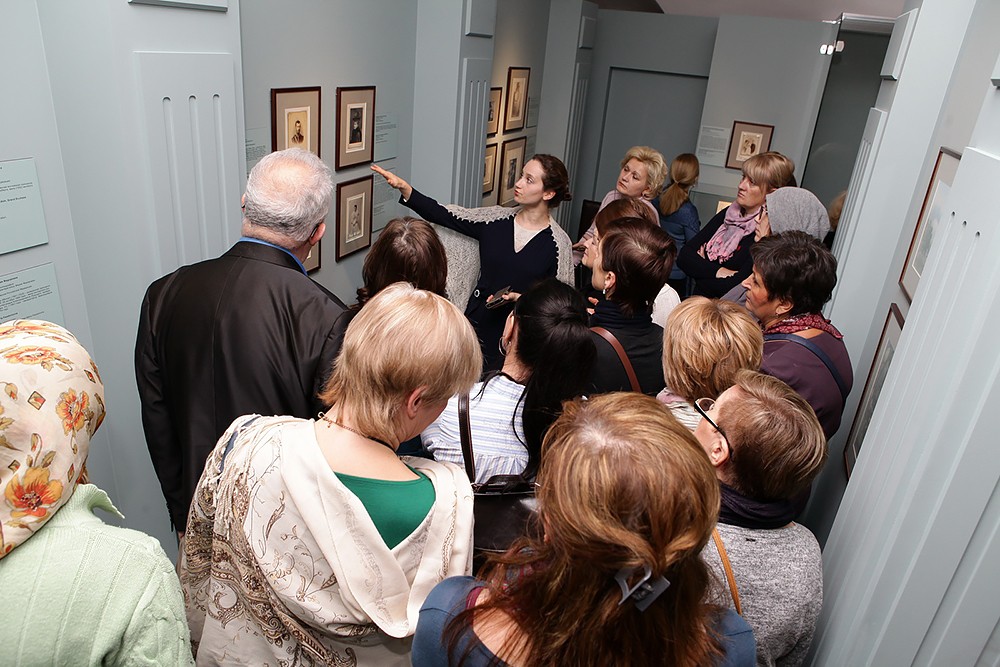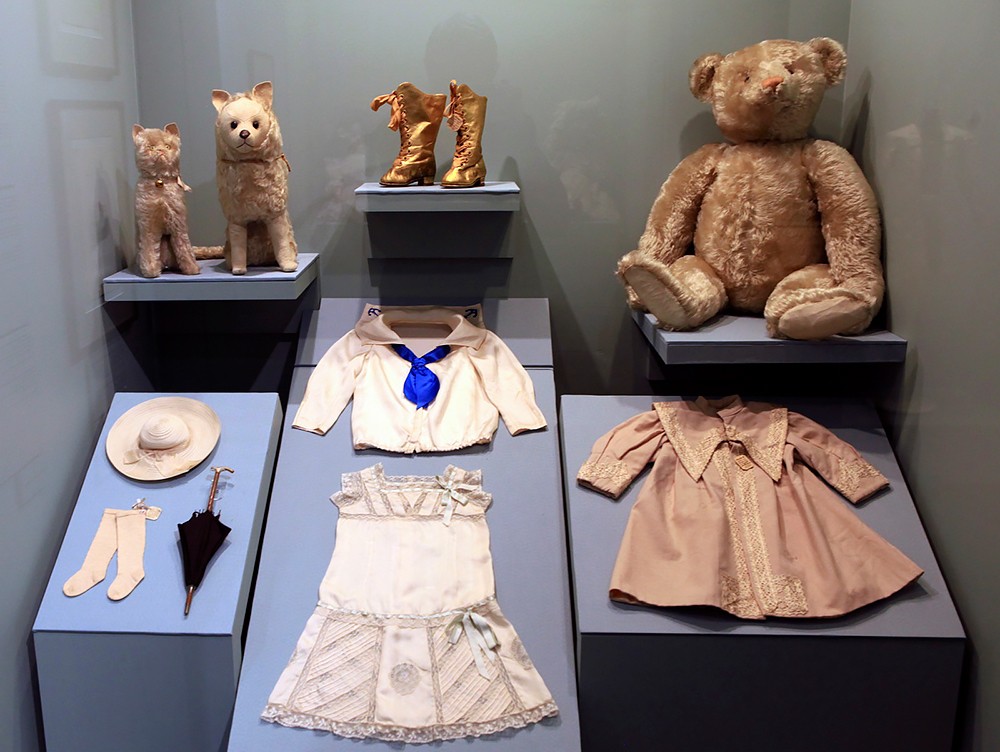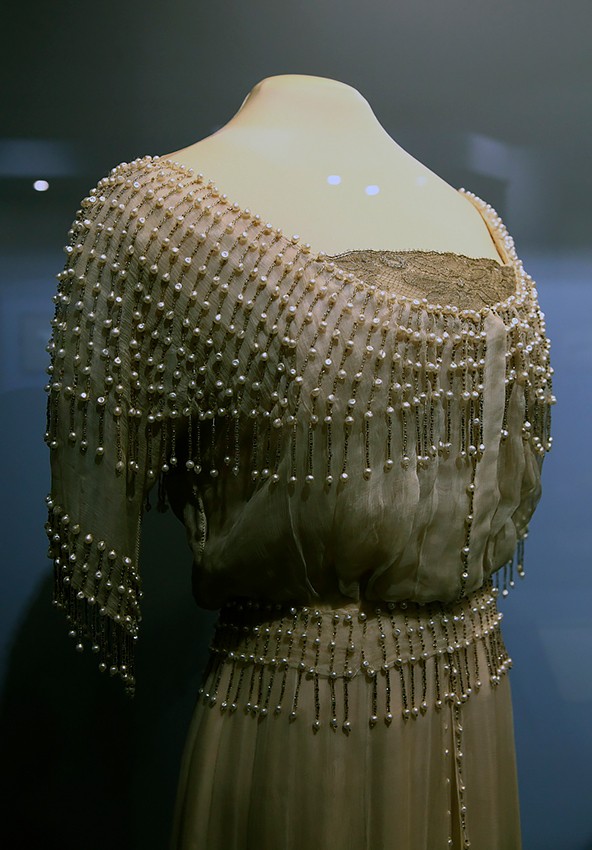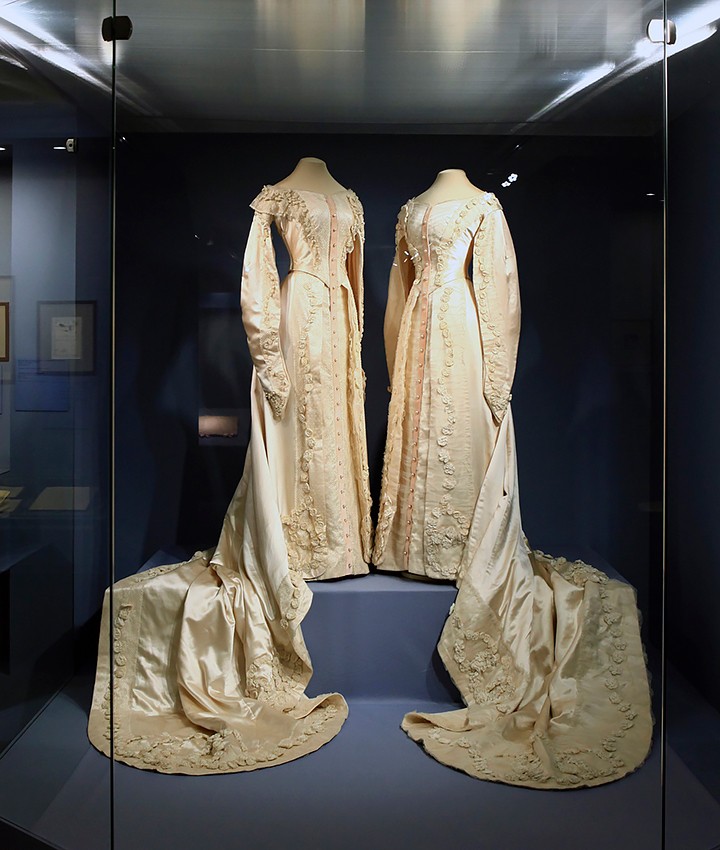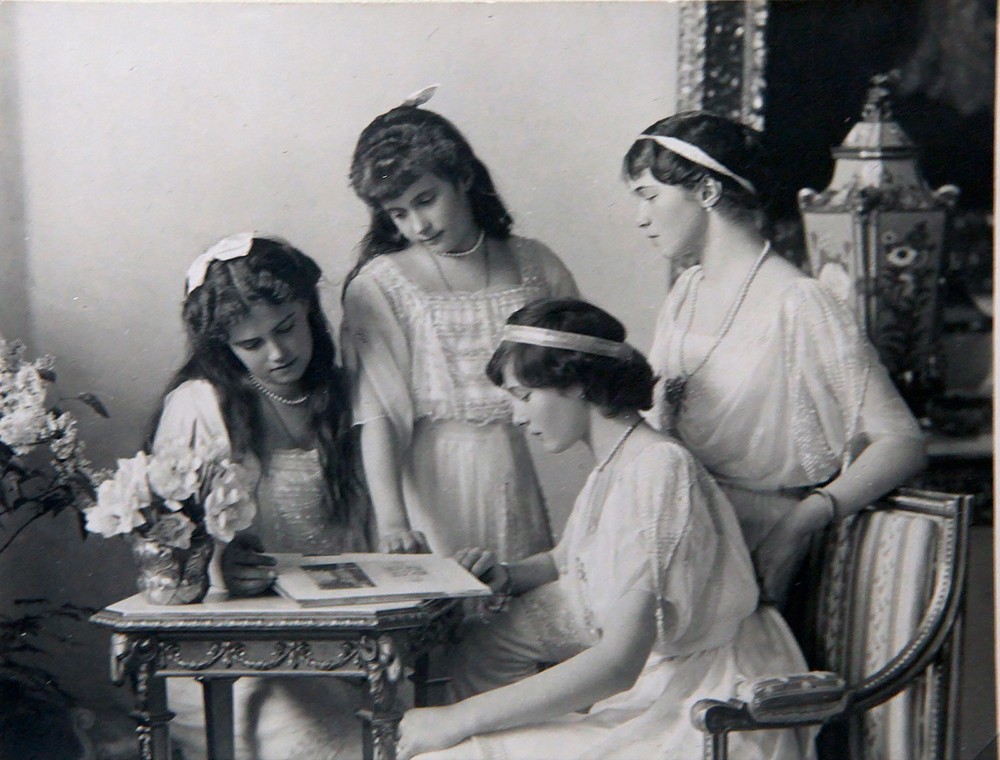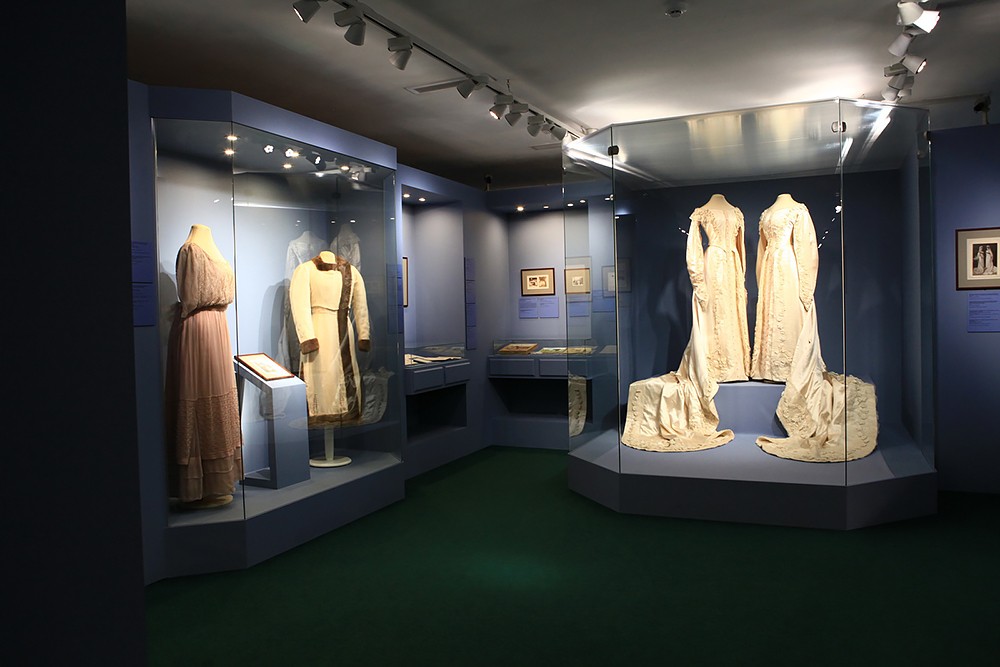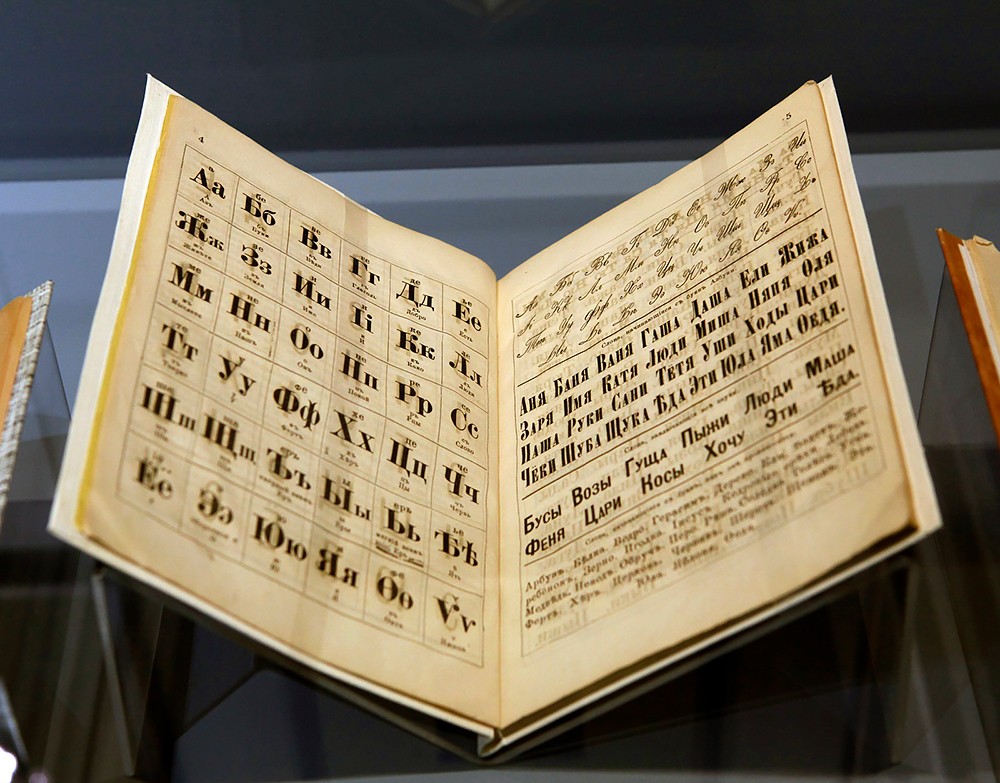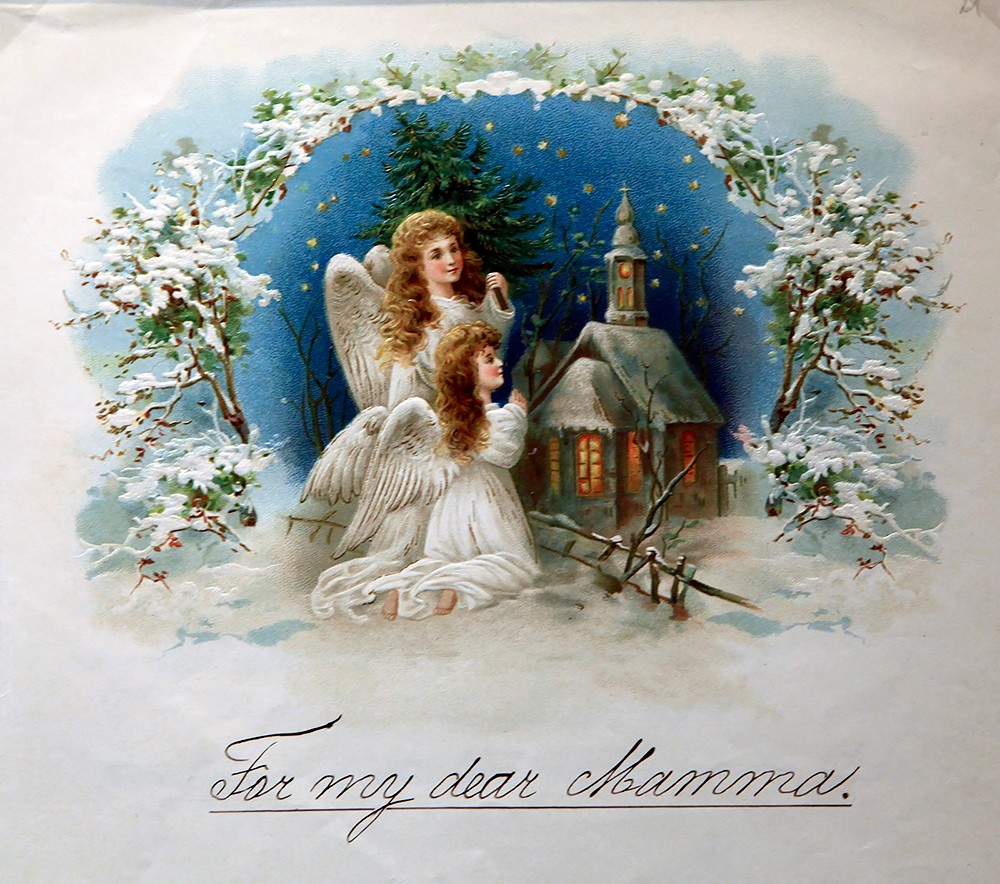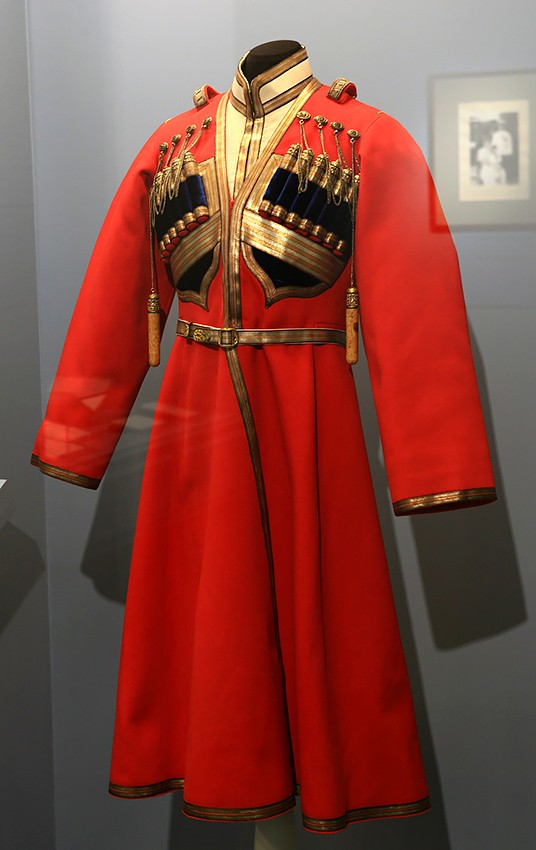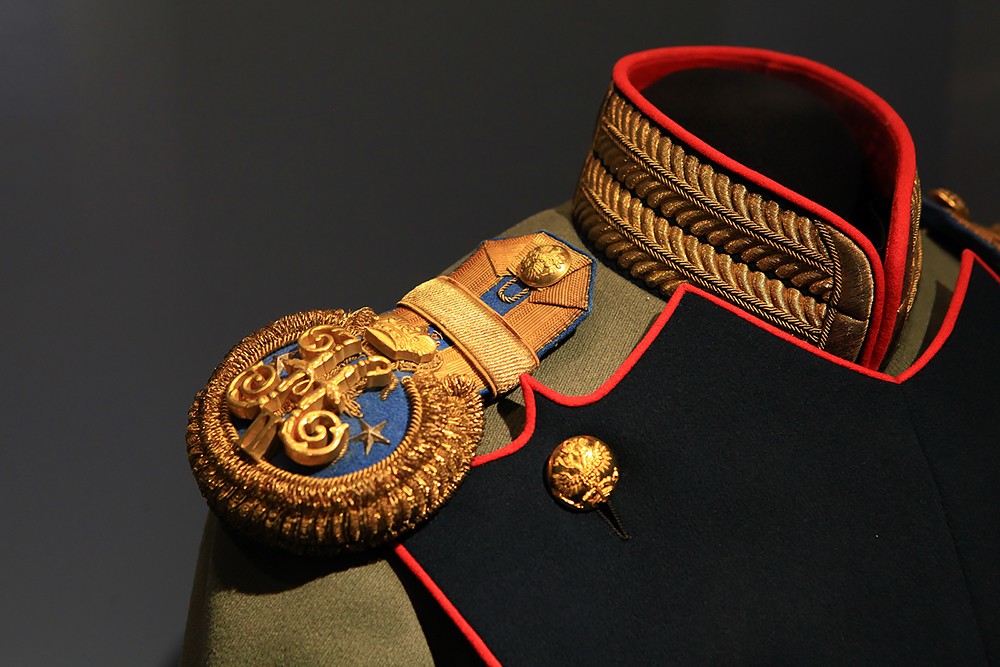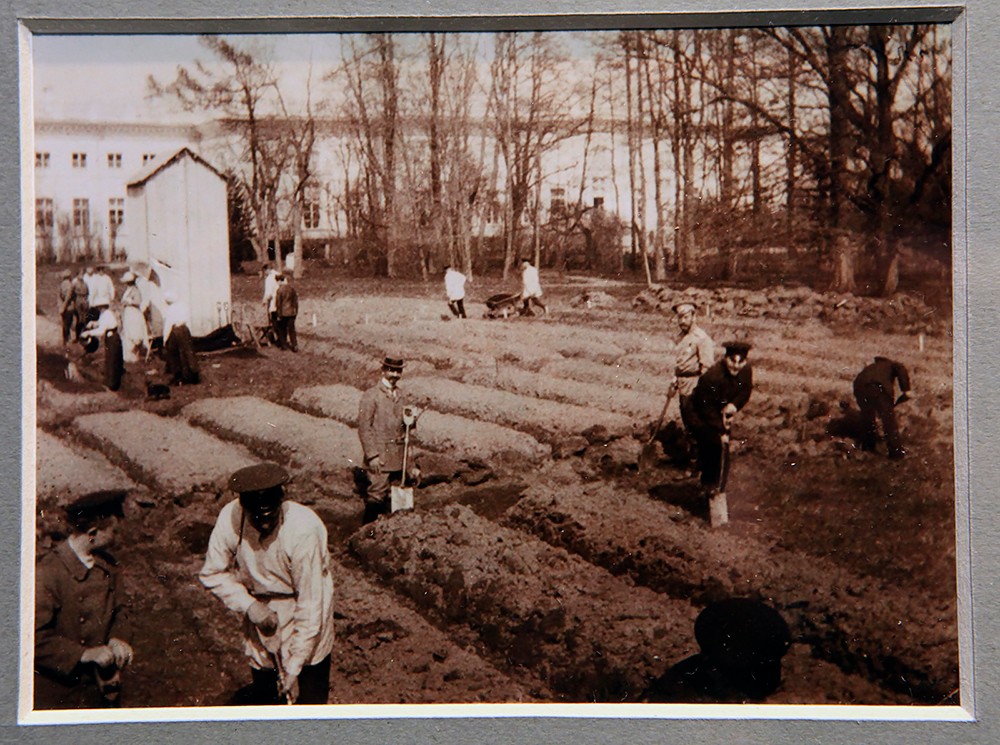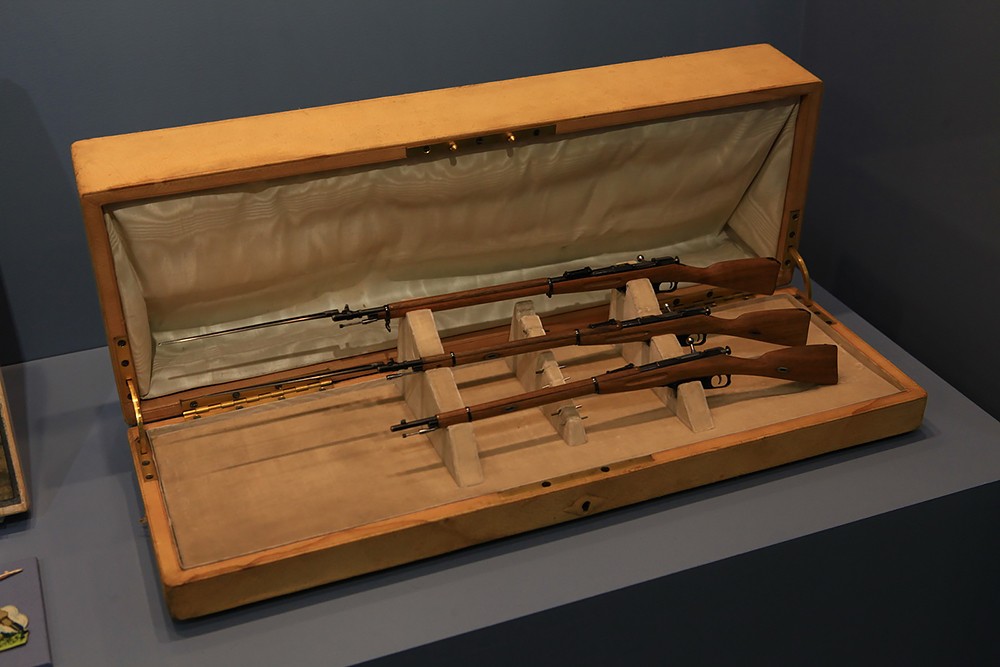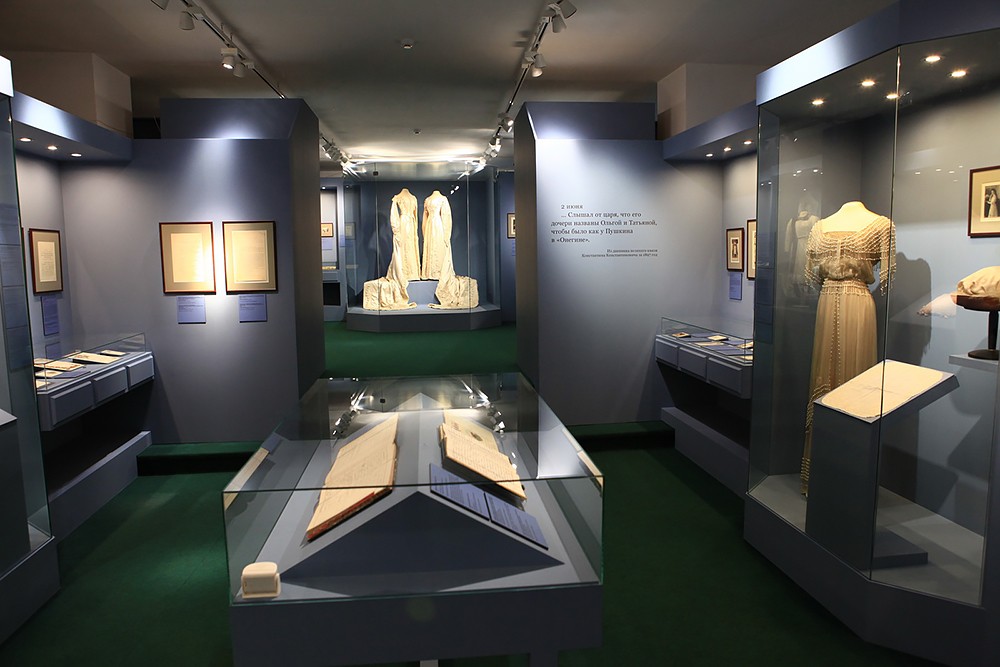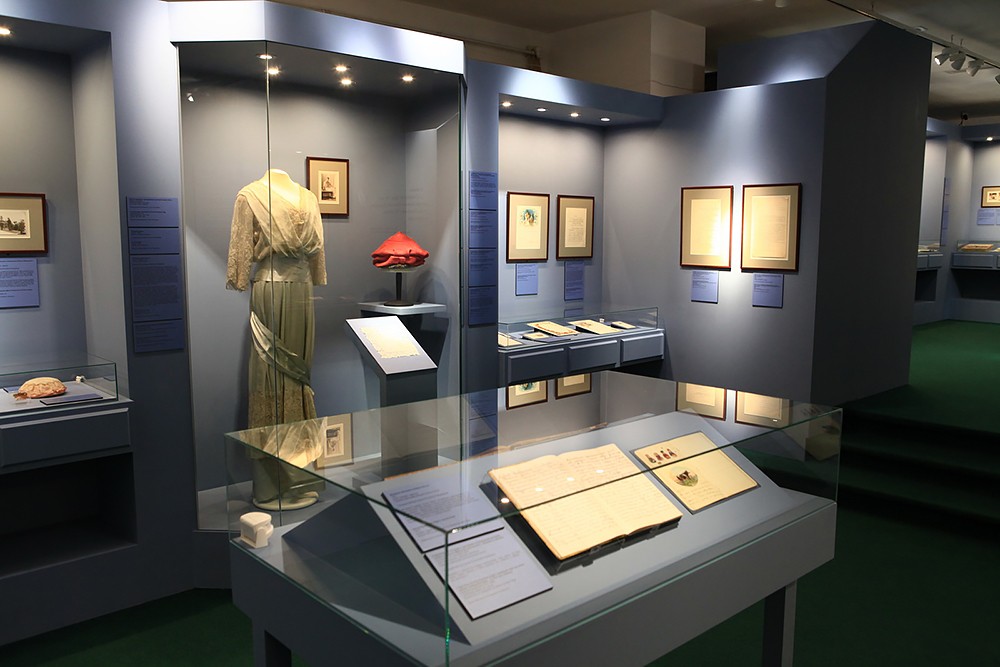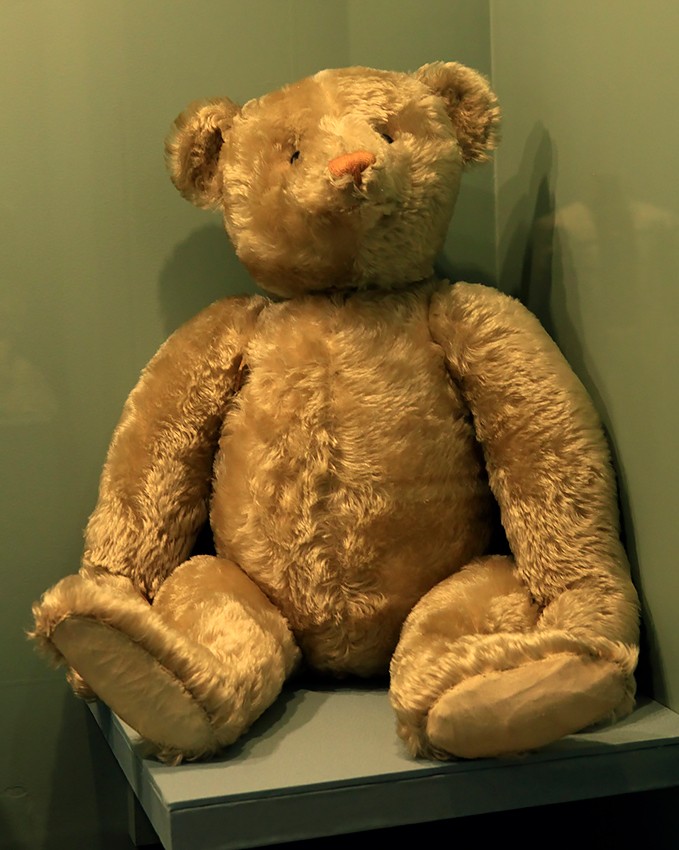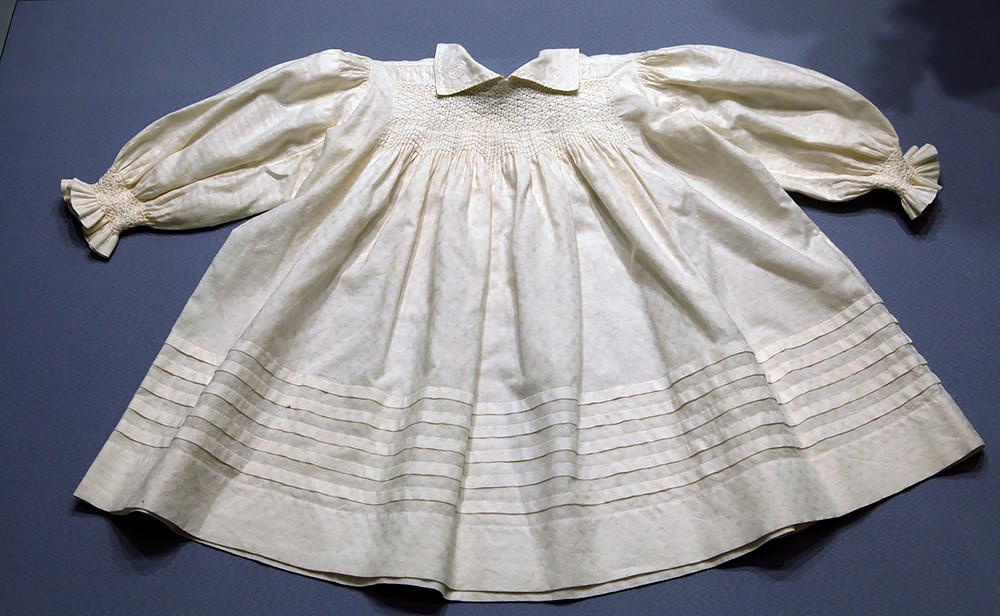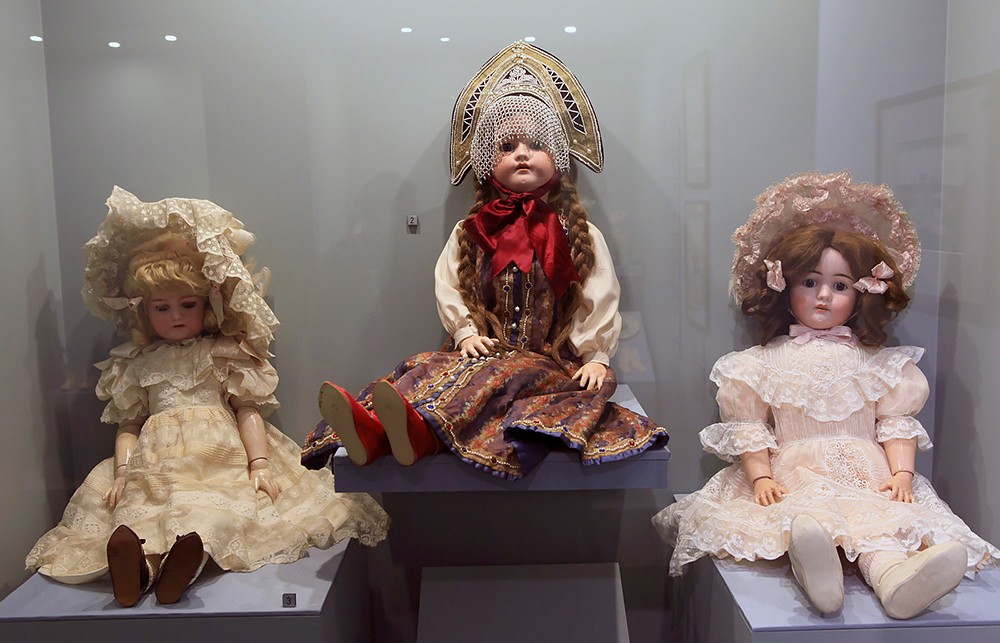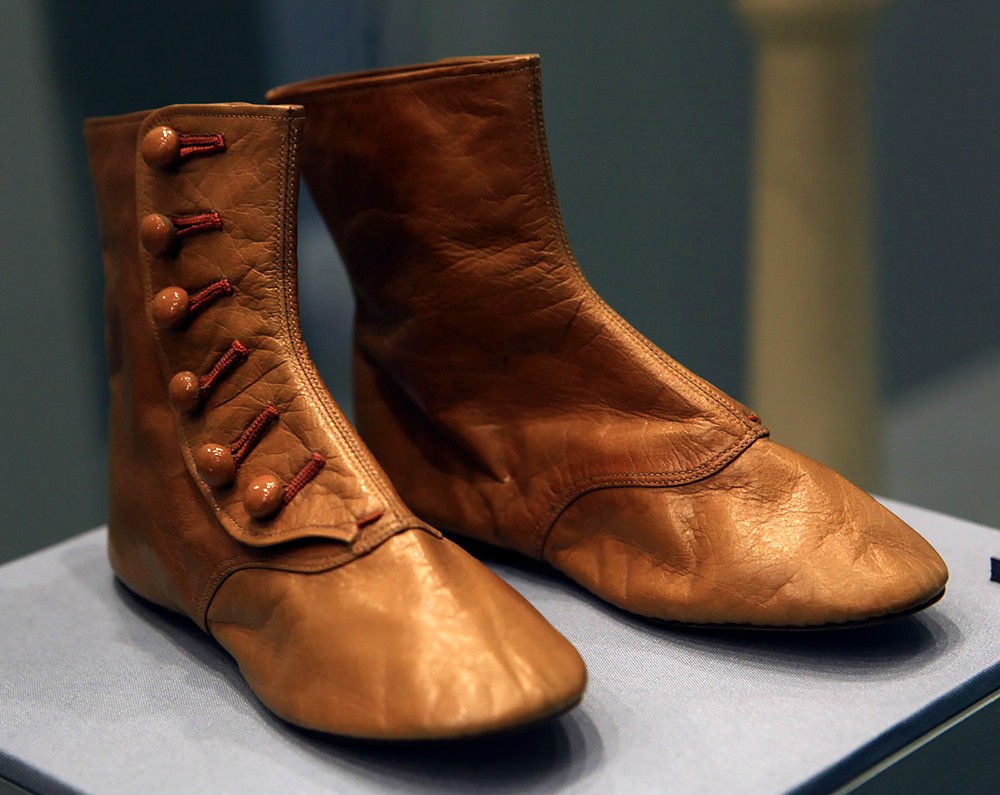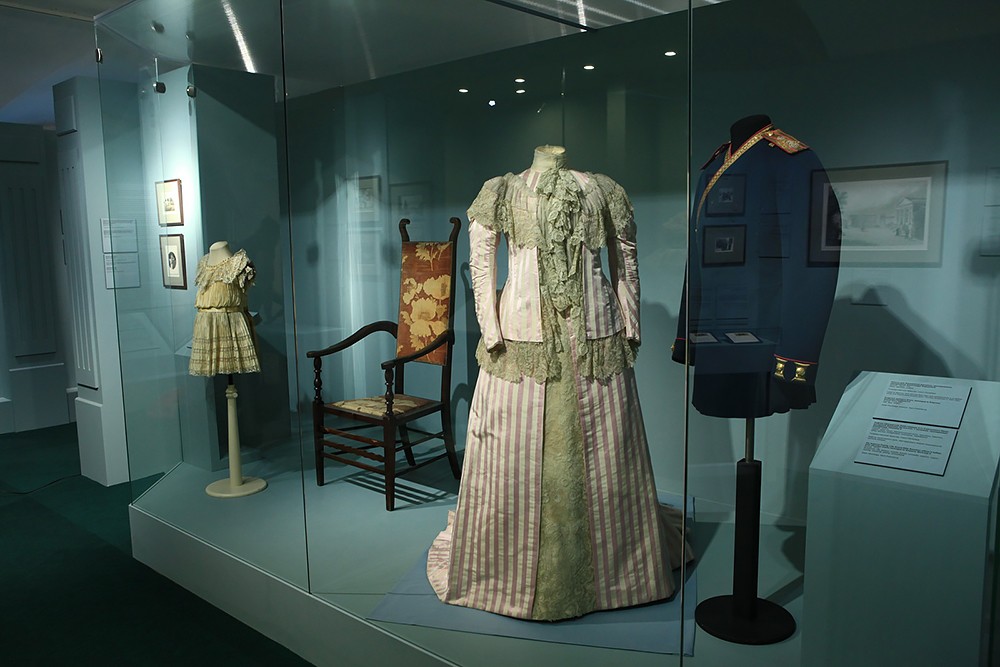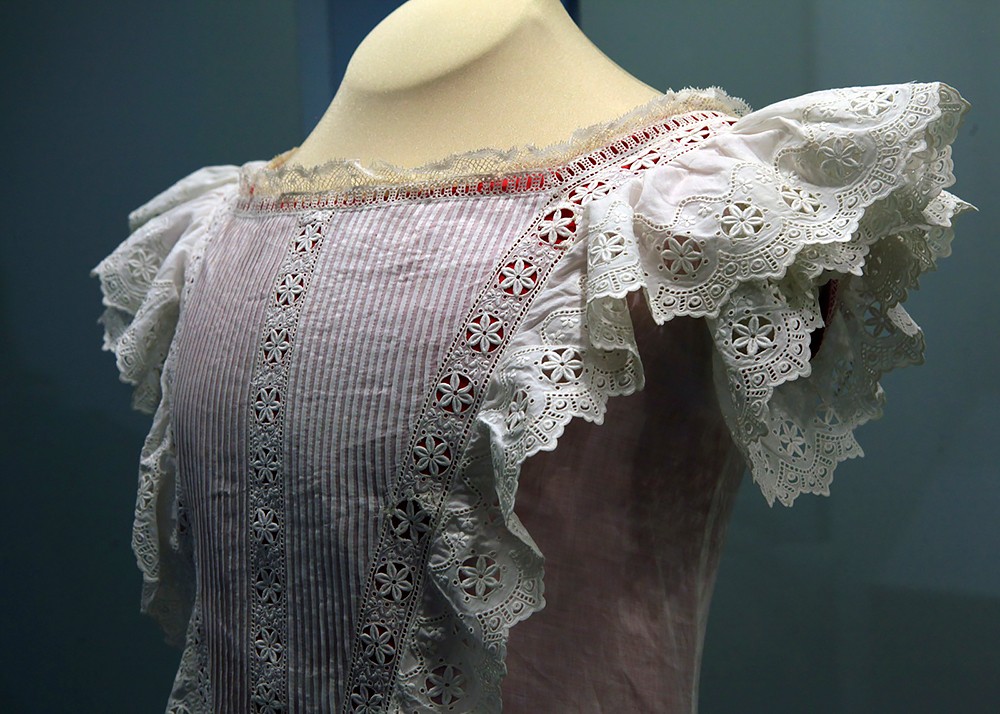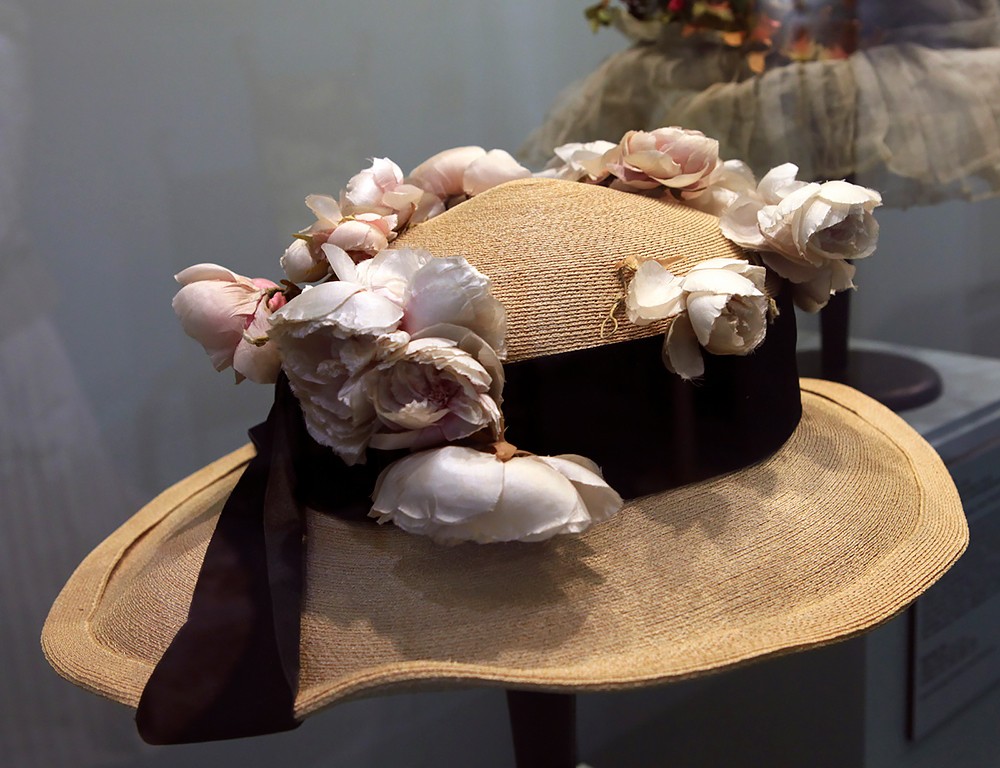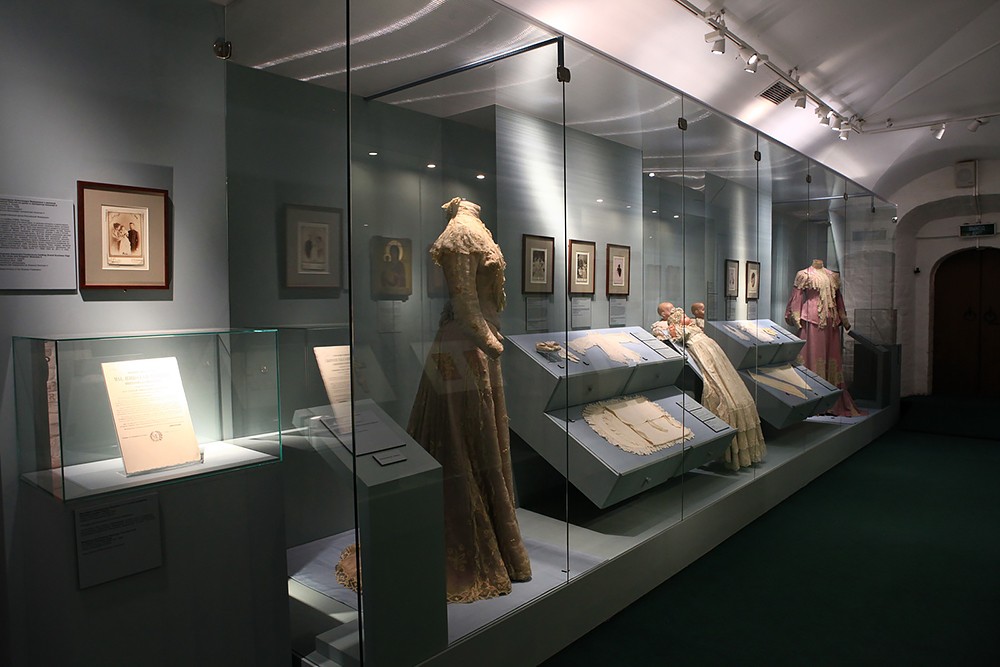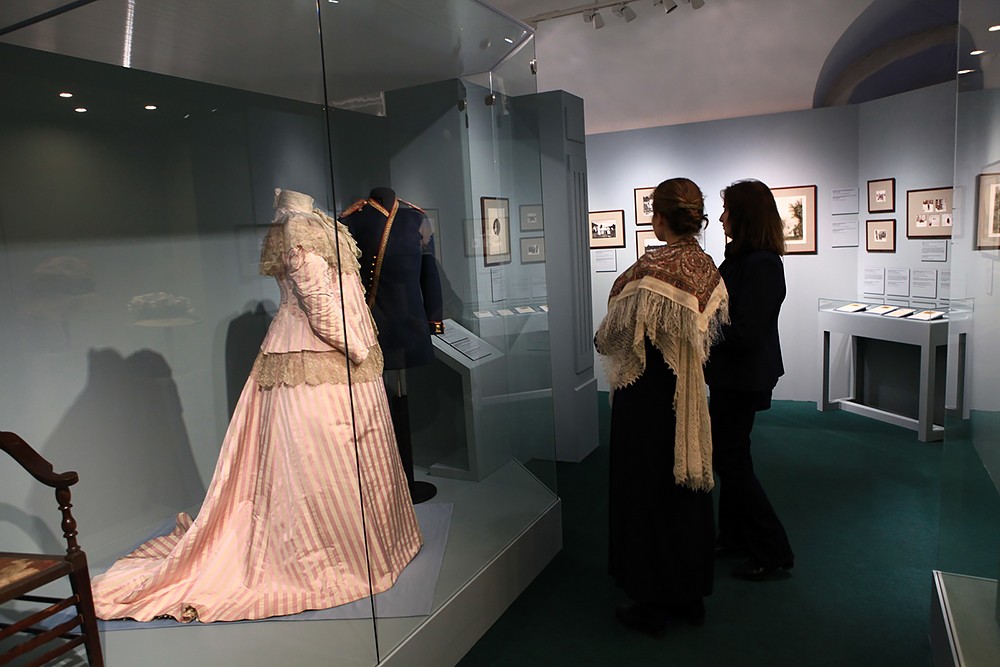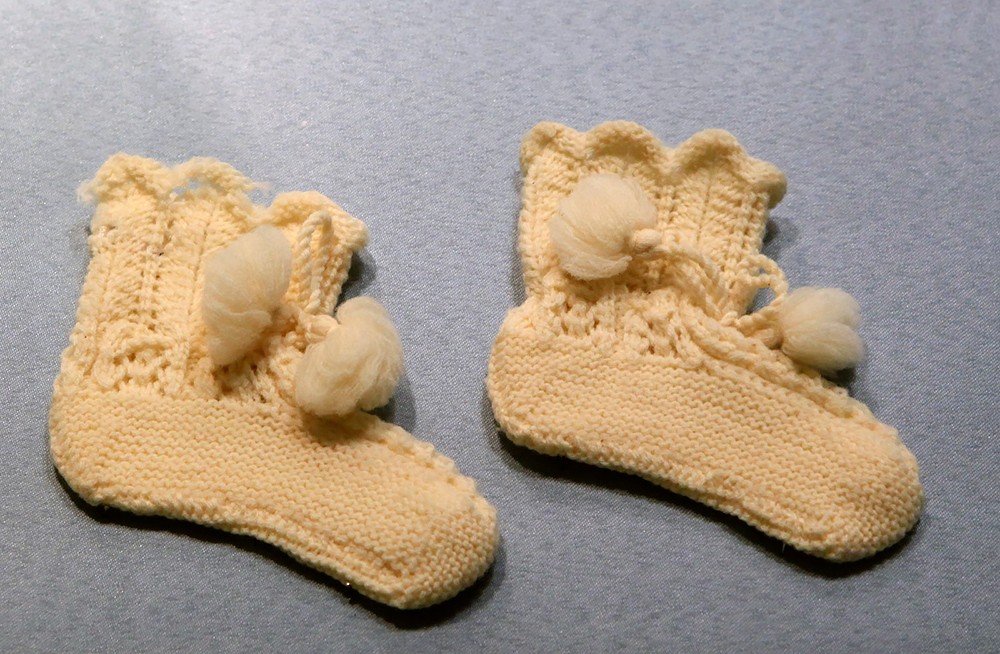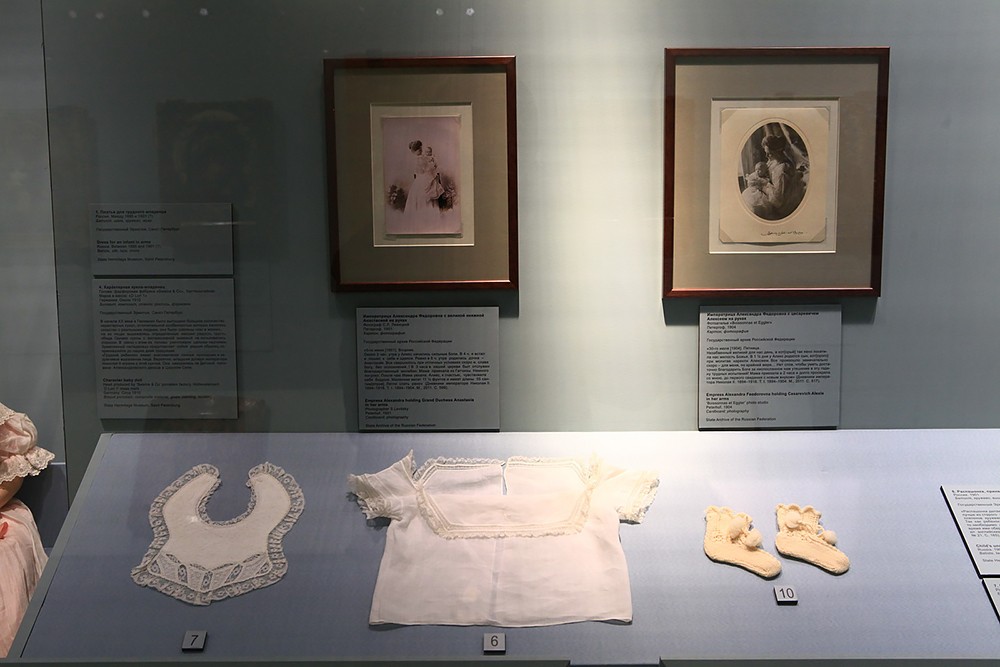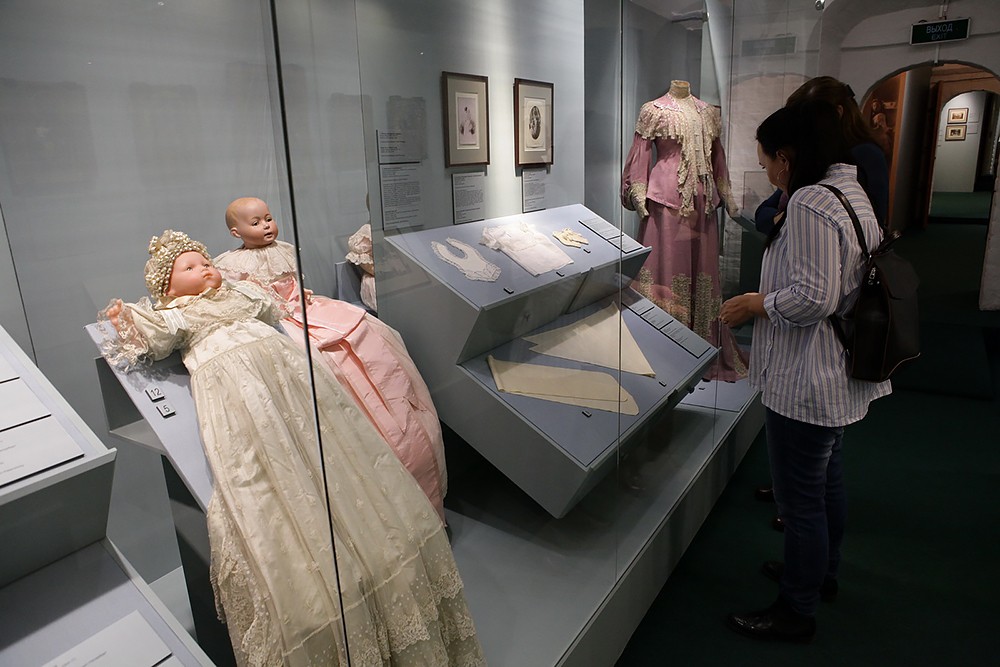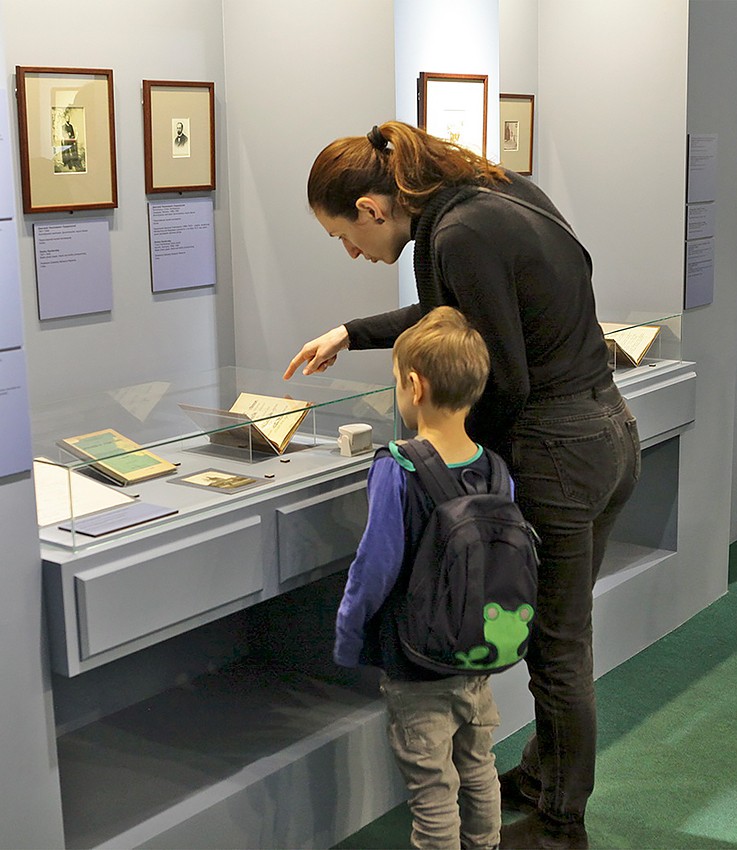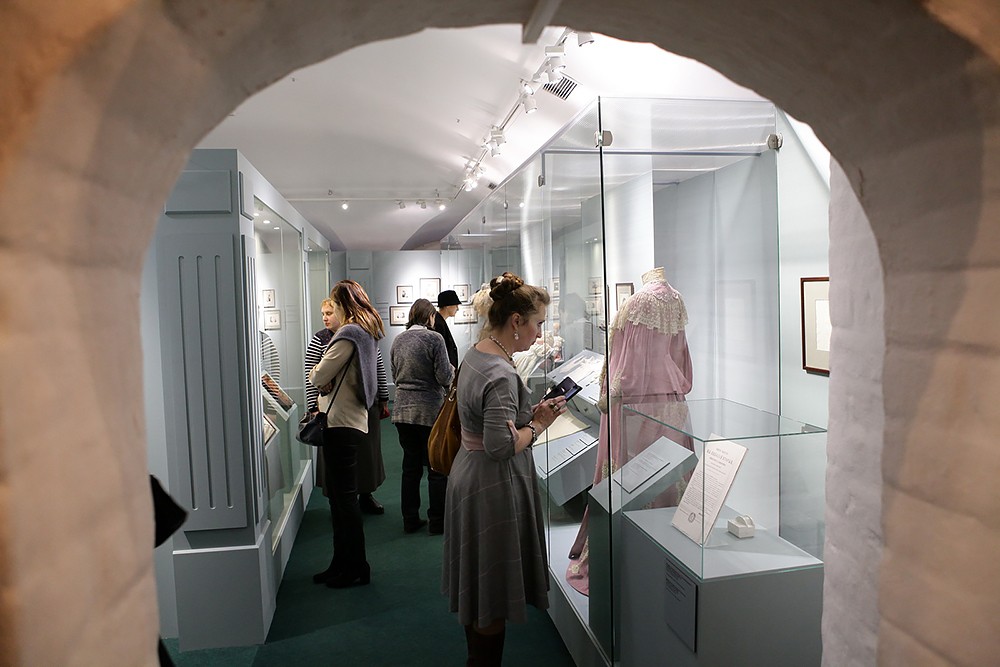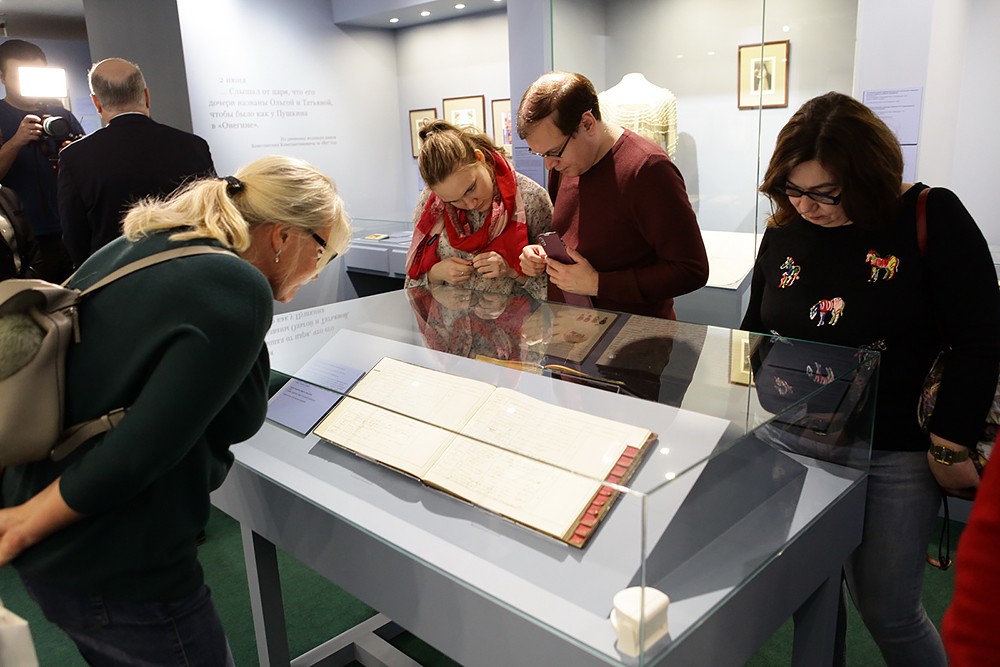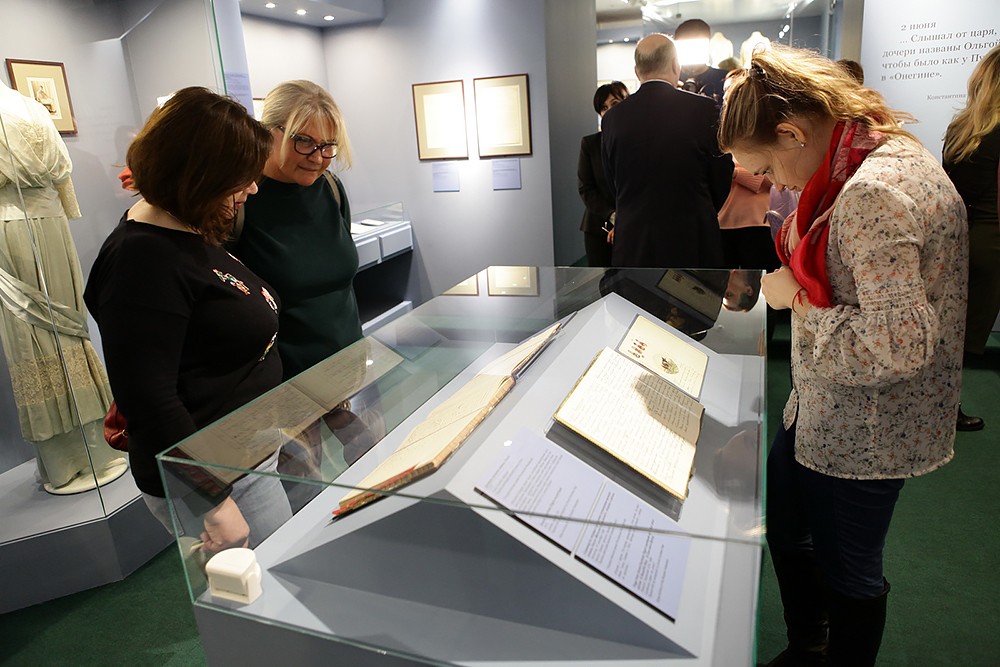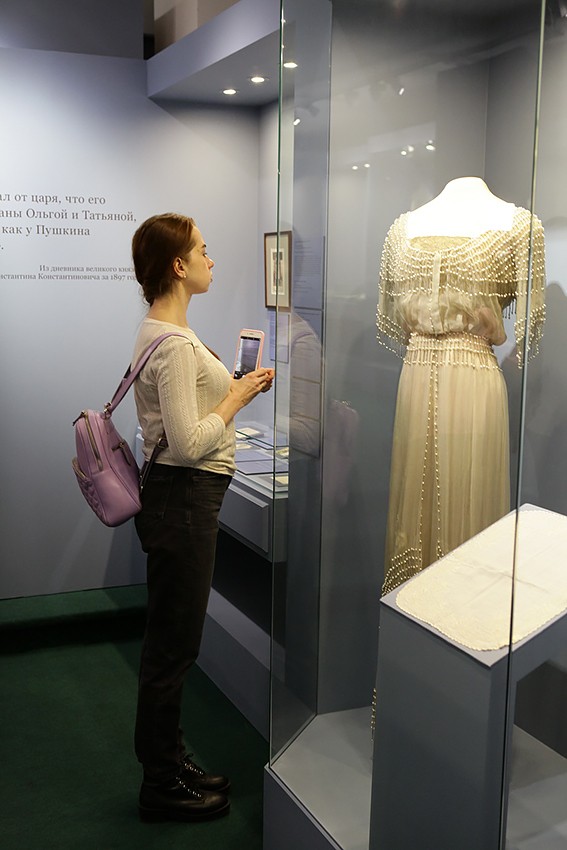The Children’s World of the Family of Nicholas II—Royal Values
Photo Gallery
The exhibition, “The Children’s World of the Family of Emperor Nicholas II. Olga, Tatiana, Maria, Anastasia, and Alexei”, has opened in the exhibition halls of the Sytny Yard of the Kolomenskoye State Museum-Reserve in Moscow.
In the history of Russia it is scarcely possible to find a ruler’s family that is as striking embodiment of all virtues as the last Tsar’s immediate relatives. This became possible because the Tsar tried to cultivate the most important qualities in his children by his example from the earliest years.
The exhibition, which is a joint project of the State Hermitage Museum, the “Kolomenskoye–Izmailovo-Lublino” State Integrated Museum-Reserve, and the State Archive of the Russian Federation, offers visitors a wealth of valuable exhibits—personal belongings of Tsar Nicholas II’s family. Most of them have never been displayed to the public before: even large theme exhibitions in the Winter Palace of St. Petersburg displayed only some of them. Dresses of the Grand Duchesses and the Tsarevich’s full-dress uniform, hats, outerwear, fans, children’s toys and babies’ bootees are echoed in the photographs of Olga, Tatiana, Maria, Anastasia, and Alexei dressed in these items, which are displayed beside them.
Thanks to the Royal Family’s keen interest in photography today we have an opportunity not only to see their formal portraits but also observe the photo chronicle of their everyday life. The Alexandrov Palace in Tsarskoye Selo, the Livadia Palace in the Crimea and Finland (which then belonged to Russia) are St. Nicholas II’s most favorite places that are depicted on the photographs, displayed at the exhibition. Despite the fact that the Emperor became one of the youngest monarchs in Russian history, having succeeded to the throne at the age of twenty-six, he devoted his time not to high society events but to working with documents, physical labor, self-education and communicating with ordinary people. The Emperor made generous donations for the building of new churches, including those outside Russia. Over his reign over 10,000 new parish churches were opened in Russia and around 250 new monasteries appeared.
St. Nicholas II’s children grew up in an atmosphere of mutual respect and love between their parents and in strictness at the same time. The monarch used to say: “I need normal, healthy Russian children.” Against the background of luxurious garments of the royal children in other countries of the age, the everyday clothing of the Royal Family members was extremely humble, yet it was sewn with very good taste. The clothes and toys of the oldest sisters were later used by the youngest ones, who learned how to accept hand-me-downs, and appreciate and cherish what they had. There was austere furniture in the bedrooms where they would sleep in pairs. In their out-of-school hours the duchesses would practice needlework, sewing chemises for themselves and ironing their linen.
“The children will not be able to have all they want. They should learn to reject their own desires for the sake of other people,” their mother used to say.
The Grand Duchesses’ school timetables displayed at the exhibition allow visitors to see their extremely busy schedules: on workdays their school lasted all day till seven or eight in the evening “with an hour’s break”, Saturday was a shortened school day (till lunch time), but after that they would sit down and do their homework. The royal children were taught in pairs or individually to avoid distractions during the education process and help them learn lessons better. At the end of each school year each teacher would write his report with the results of the year, pointing out the student’s strong and weak sides and listing the study material covered.
The royal parents focused special attention on fostering their children’s respect for teachers and nannies. As is known, the level of our nobility is usually revealed in the way we treat ordinary people. Alexandra Feodorovna wrote to Olga:
“Be especially polite to all the servants and nannies. They take such good care of you. Think of Marie: how she gets tired and does not feel very well; do not make her nervous. Obey her; be obedient and always be kind. I made her your nanny and you must always treat her and also S.I. kindly. You are already big enough to understand what I mean. Be nice and obey your mama. Read this to Tatiana. Apologize every time you are rude or disobedient to anybody. And now try to be as good as possible, and I will be happy.”
The family of St. Nicholas II is an instance when the Russian word for “family” [“sem’ya”, meaning “seven” + “I”.—Trans.] is true to its literal meaning not only in the sense that it consisted of two parents and five children but also in all other senses. You can get added evidence of this by viewing their numerous original letters and cards at the exhibition; the royal children wrote them to their parents, Empress Dowager Maria Feodorovna, their tutors, and to each other. They contain greetings on Pascha, the Nativity of Christ, the New Year, ever-present inquiries about their health, and moving accounts of everyday life. Pierre Gilliard, the French teacher of all the royal children and the tutor to Tsarevich Alexei, wrote:
“The circumstances taught all four of them to be content with themselves and their natural liveliness from an early age. How few girls would be satisfied with this way of life, devoid of any external entertainment, without murmuring! The only delight of it was the charm of close family life, which today is generally regarded with great disdain.”
Nicholas Alexandrovich and Alexandra Feodorovna tried to impart all the necessary skills for life to their children despite the fact that they were royal children. The parents tried to acquaint them with life as it can be in any circumstances, whether in joy or sorrow. The Tsarina would often say: “There is a lot of sorrow in the world apart from beauty.” So she tried to be actively engaged in charity work and got her children involved in this process to the utmost. The “White Flower” annual charity fair, which is presently being revived in Russia, was started by the Empress; she together with her children prepared embroidery and drawings, sold them at counters, and donating the proceeds to hospitals and orphanages.
Not only did the royal daughters touchingly take care of their younger brother Alexei who suffered from poor health, they would also visit tubercular patients regularly. During the First World War both the Tsarina and her daughters completed nursing courses and served as nurses at the hospital in Tsarskoye Selo, doing the hardest and dirtiest work. Alexandra Feodorovna worked in the operating room, assisting during difficult operations, always keeping her self-control; she would always console the wounded but weep whenever she saw off soldiers to war. When the number of wounded soldiers increased, she converted all the palaces into hospitals, organized hospital trains, and bought medicines, while her daughters worked in aid committees for the families of servicemen and refugees who went around Russia in large numbers at that time. Tsarevich Alexei, like his father, was in love with the national army; he would often go to the front with the Emperor, familiarizing himself with the severity of life and the sufferings of war.
Although the heavy burden of the First World War fell to the royal children’s lot, which was followed by the family’s arrest and exile, they never lost heart. The whole family worked together in kitchen-gardens and chopped firewood. And their studies did not stop even in the hardest times. St. Nicholas II taught history, geography and arithmetic to his children; Alexandra Feodorovna taught them catechism; Baroness Sophie von Buxhoeveden (later—Charles Gibbes, the future Archimandrite Nicholas) taught them English; Gillard taught French; and St. Eugene Botkin (house physician to the Royal Family) taught Russian.
The exhibition, “The Children’s World of the Family of Emperor Nicholas II. Olga, Tatiana, Maria, Anastasia, and Alexei”, will last till February 16, 2020. Address: Moscow, the Kolomenskaya metro station, 39 Andropova Avenue, Bldg 6.
Open: Tuesday-Sunday 10AM-6PM.
Ticket office operates from 9.45 AM to 5.30 PM. Tickets can also be purchased on the Museum-Reserve’s website.
Contact telephone number: +7 499 614-67-79.





